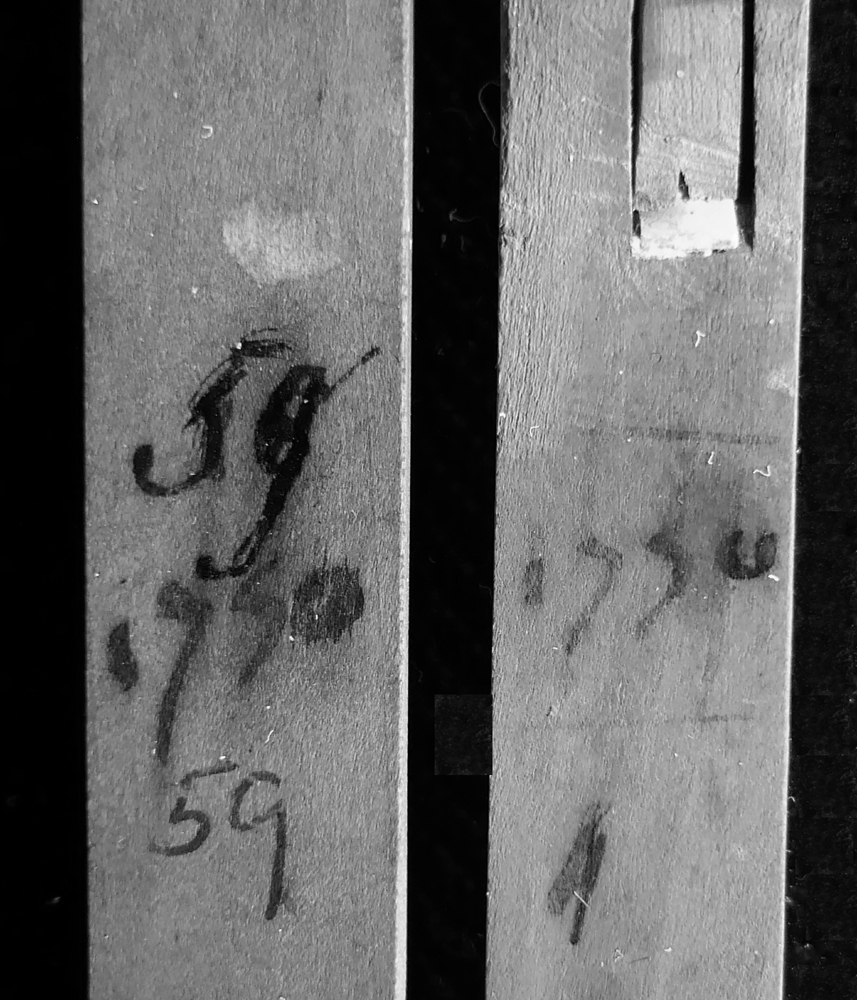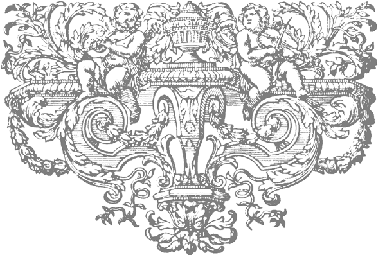Franco-Flemish double-manual harpsichord,
![]()
Franco-Flemish harpsichord jacks photographed in UV light and CLEARLY dated 1750.
|
Franco-Flemish double-manual harpsichord,
Franco-Flemish harpsichord jacks photographed in UV light and CLEARLY dated 1750. |

The date 1750, written with quill and (iron gall?) ink, on the jacks of 2 of the 3 rows when the compass had only 58 notes, has been photographed here in UV light (365 nm.) in order to make the (iron gall?) ink show up more clearly. These 58 jacks (here re-numbered '59' in a modern restoration) correspond to the first ravalement compass of F1 to d3 so these jacks would have plucked the strings for the top d3 note.
![]()
Return to the previous section
![]()
Important
Features of this harpsichord
![]()
Details of
the original state of the instrument
![]()
Details of the eighteenth-century states of this harpsichord
Details of the modern history of this harpsichord
![]()
Problems encountered in the ethical restoration of this harpsichord
![]()
The attributions of the 1750 state to François Étienne Blanchet and François Boucher
![]()
Go back to the main page of this section
![]()
![]()
This page was last revised on 17 October 2025.
